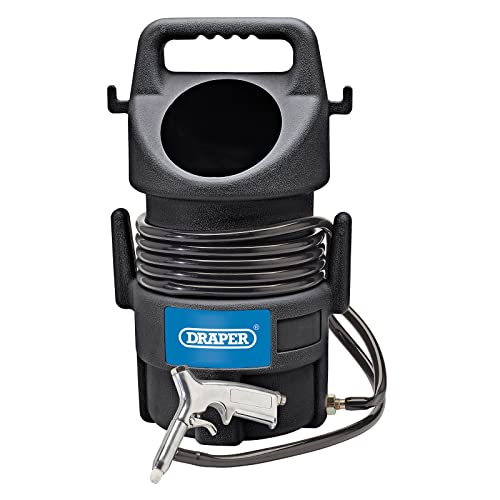How to revive a dying cordyline

If you have a dying cordyline plant in your garden, it’s important to take action quickly to save it. Cordyline, also known as the “cabbage palm,” is a tropical plant that can add a touch of exotic beauty to any landscape. However, under certain conditions, cordylines can become stressed and may wilt, turn brown, or even die.
There are several factors that can contribute to the decline of a cordyline plant, including lack of water, poor soil conditions, harsh weather, or pest infestations. In order to revive a dying cordyline, it’s crucial to address the underlying issues and provide proper care.
Firstly, assess the watering needs of your cordyline plant. Cordylines are relatively drought-tolerant, but they still require regular watering, especially during dry spells. Check the soil moisture regularly by sticking your finger about an inch into the soil. If it feels dry, it’s time to water. However, avoid overwatering, as this can lead to root rot and further damage the plant.
Reviving a dying cordyline: essential tips and tricks
Cordylines are a stunning addition to any garden or indoor space, with their vibrant foliage and graceful stature. However, just like any living thing, they can fall victim to various problems that may cause them to wither or even die. If you have a dying cordyline, don’t despair! With the right care and attention, you may be able to revive it and restore its beauty. Here are some essential tips and tricks to help you get started:
1. Determine the cause of the problem
The first step in reviving a dying cordyline is to identify the underlying cause of its decline. Cordylines can suffer from a range of issues, such as overwatering, underwatering, poor drainage, pests, or disease. Assess the plant’s environment and check for any visible signs of pests, root rot, or other diseases that may be affecting its health.
2. Adjust watering practices
A common reason for a cordyline to deteriorate is improper watering. If you have been overwatering or underwatering the plant, it is essential to adjust your watering practices accordingly. Cordylines prefer moderately moist soil, so allow the top inch of soil to dry out between watering. Avoid letting the plant sit in standing water, as this can lead to root rot.
3. Improve drainage
If your cordyline is in a container, ensure that it has proper drainage holes. Excess water should be able to flow freely out of the container to prevent waterlogged roots. If the soil is consistently wet and compacted, it may be beneficial to repot the plant with fresh, well-draining potting mix.
4. Provide adequate light
Cordylines thrive in bright, indirect light. Insufficient light can cause the plant to become weak and leggy, making it more susceptible to disease and pest infestations. If your plant is not getting enough light in its current location, consider moving it to a brighter spot or providing artificial grow lights.
5. Prune damaged or diseased parts
If you notice any yellowing or browning leaves, it’s important to remove them promptly. Pruning away damaged or diseased parts not only enhances the plant’s appearance but also prevents further spread of disease or infestations. Sterilize your pruning tools before and after each use to avoid introducing any pathogens.
6. Apply appropriate fertilization
Reviving a dying cordyline may require boosting its nutrient levels. Use a balanced liquid fertilizer specially formulated for houseplants or a slow-release granular fertilizer designed for outdoor specimens. Follow the package instructions for correct dosage and frequency.
7. Monitor and maintain humidity
Cordylines prefer moderately humid conditions. If your plant is situated in an area with low humidity, consider misting its foliage regularly or using a pebble tray beneath the container filled with water. Be cautious not to let the plant’s foliage sit in direct contact with the water, as this can promote diseases.
By following these essential tips and tricks, you can give your dying cordyline a fighting chance at recovery. Remember, patience is key – it may take some time for the plant to bounce back and show signs of new growth. With proper care and attention, your cordyline can thrive once again and bring life and beauty to your space.
Identifying the problem and taking action
To revive a dying cordyline, it is important to first identify the problem that is causing its decline. By understanding the root cause, you can then take appropriate action to address it. Here are some common problems that may be affecting your cordyline:
| Problem | Symptoms | Action |
| Root rot | Yellowing and wilting leaves, mushy roots | Remove the plant from the soil, trim away the rotten roots, and repot in well-draining soil. Avoid overwatering. |
| Lack of sunlight | Pale or discolored leaves, leggy growth | Move the plant to a brighter location with indirect sunlight. If growing indoors, consider using artificial grow lights. |
| Nutrient deficiency | Yellowing leaves with green veins, stunted growth | Fertilize the plant with a balanced, slow-release fertilizer. Follow the package instructions for proper application. |
| Pest infestation | Holes in leaves, sticky residue, visible pests | Treat the plant with an appropriate pesticide or insecticidal soap. Follow the instructions on the packaging carefully. |
| Overcrowding | Stunted growth, restricted root development | Transplant the cordyline into a larger pot or separate crowded plants to provide more space for healthy growth. |
After taking action to address the identified problem, monitor the cordyline closely for signs of recovery. It may take some time for the plant to bounce back, so be patient and provide the necessary care and maintenance.








